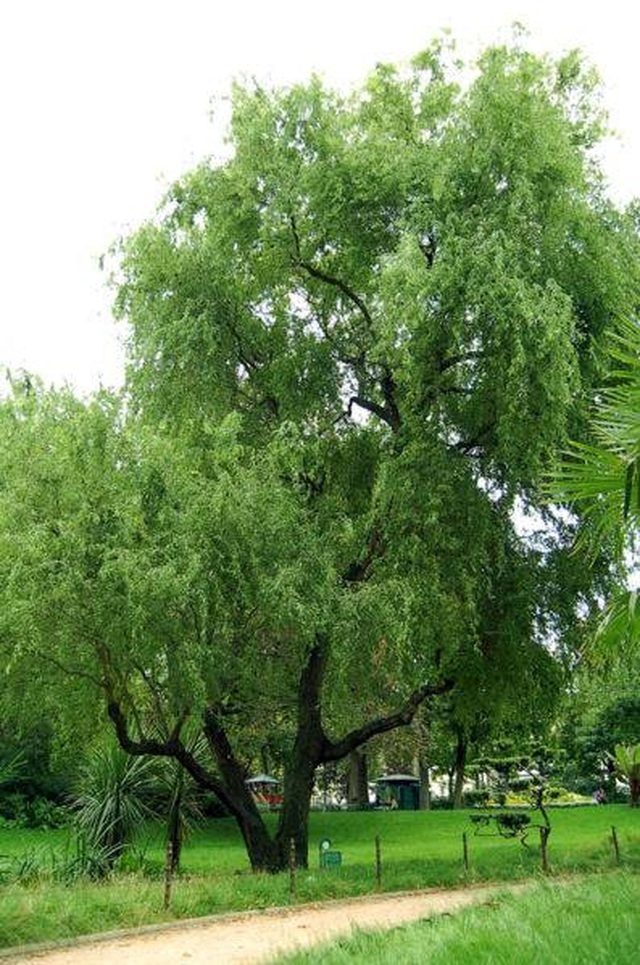Bulbs
Flower Basics
Flower Beds & Specialty Gardens
Flower Garden
Garden Furniture
Garden Gnomes
Garden Seeds
Garden Sheds
Garden Statues
Garden Tools & Supplies
Gardening Basics
Green & Organic
Groundcovers & Vines
Growing Annuals
Growing Basil
Growing Beans
Growing Berries
Growing Blueberries
Growing Cactus
Growing Corn
Growing Cotton
Growing Edibles
Growing Flowers
Growing Garlic
Growing Grapes
Growing Grass
Growing Herbs
Growing Jasmine
Growing Mint
Growing Mushrooms
Orchids
Growing Peanuts
Growing Perennials
Growing Plants
Growing Rosemary
Growing Roses
Growing Strawberries
Growing Sunflowers
Growing Thyme
Growing Tomatoes
Growing Tulips
Growing Vegetables
Herb Basics
Herb Garden
Indoor Growing
Landscaping Basics
Landscaping Patios
Landscaping Plants
Landscaping Shrubs
Landscaping Trees
Landscaping Walks & Pathways
Lawn Basics
Lawn Maintenance
Lawn Mowers
Lawn Ornaments
Lawn Planting
Lawn Tools
Outdoor Growing
Overall Landscape Planning
Pests, Weeds & Problems
Plant Basics
Rock Garden
Rose Garden
Shrubs
Soil
Specialty Gardens
Trees
Vegetable Garden
Yard Maintenance
Information on Weeping Willows
Information on Weeping Willows. Weeping Willows come in all shapes and sizes, so you can have a Weeping Willow even on a small piece of land. Weeping Willows are susceptible to some pests and diseases, but they do not usually cause permanent damage. Some issues need to be addressed, but regular maintenance will take care of most problems.

Weeping Willows come in all shapes and sizes, so you can have a Weeping Willow even on a small piece of land. Weeping Willows are susceptible to some pests and diseases, but they do not usually cause permanent damage. Some issues need to be addressed, but regular maintenance will take care of most problems.
Types
There are several type of Weeping Willow trees that are the favorites of home owners. The White Willow is hardy in zones 2 to 8 and can reach a height of 50 feet. The Goat Willow is one of the smaller varieties growing to 20 feet in height and is hardy in zones 4 to 8. The Hankow Willow requires more maintenance than the others, is hardy in zones 5 to 8 and grows to a height of 40 feet. The Laurel Willow is medium-sized, hardy in zones 2 to 5 and grows to about 20 feet high.
Features
The Weeping Willows get their name from the way the branches fall in a cascading fashion, with even the top most branches brushing the ground. A Weeping Willow can grow to over 40 feet and has leaves that grow from 4 to 8 inches that are green in the summer and yellow in the fall. The tree also has small yellow flowers.
Growing
The Weeping Willow is hardy in zones 2 to 8 and is one of the fastest growing of the shade trees, growing as much as 10 feet in a single year. Weeping Willows can tolerate most types of soil and are drought-resistant. Plant a Weeping Willow in a spot where you have problems with standing water and the tree will take it in, leaving a nice dry spot. Willow trees like full sun, but can do well in partial shade.
Planting
Dig the hole for the Weeping Willow 2 times the depth and 2 times the width of the root ball. When you place the tree in the hole, the top of the root ball should be even with the ground. Backfill the hole with either gardening soil or the soil that you removed from the hole, give the tree a good watering and that is it. If you are planting more than one, plant them 30 to 40 feet apart.
Problems
Willow trees have shallow roots that are close to the surface. They can pick up a sidewalk and cause problems for a lawn mower. The branches can break off if the wood structure is weak. Good pruning helps to resolve this problem. The Willow tree is a favorite of snails, caterpillars, borers, aphids and the gypsy moth. As far as diseases go, the Willow is susceptible to root rot, crown gall, willow scab, black canker, powdery mildew, rust and tar spot.